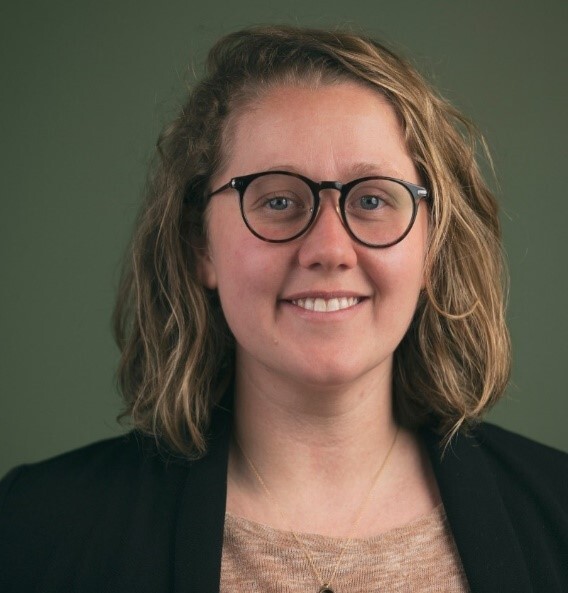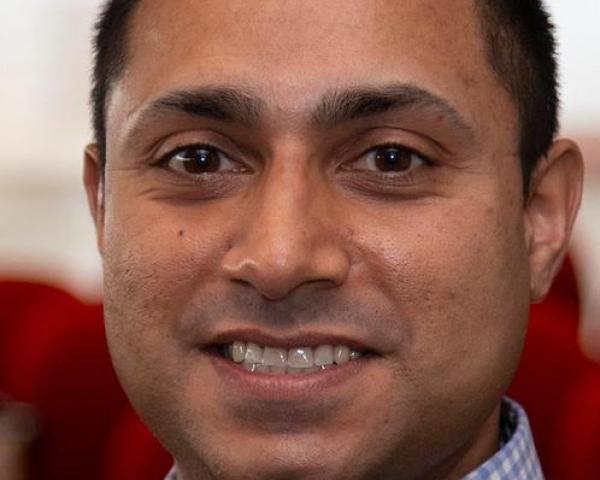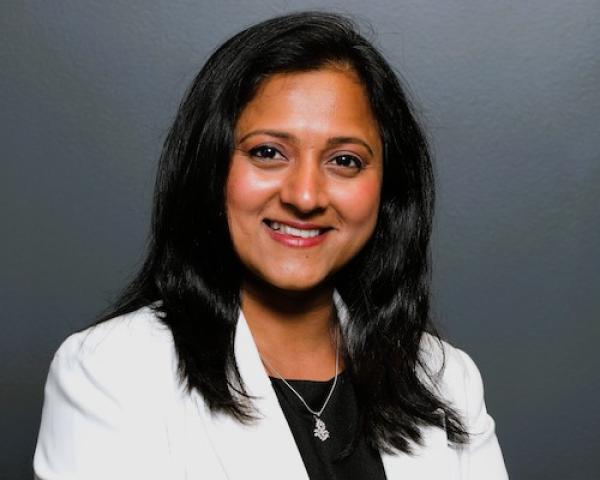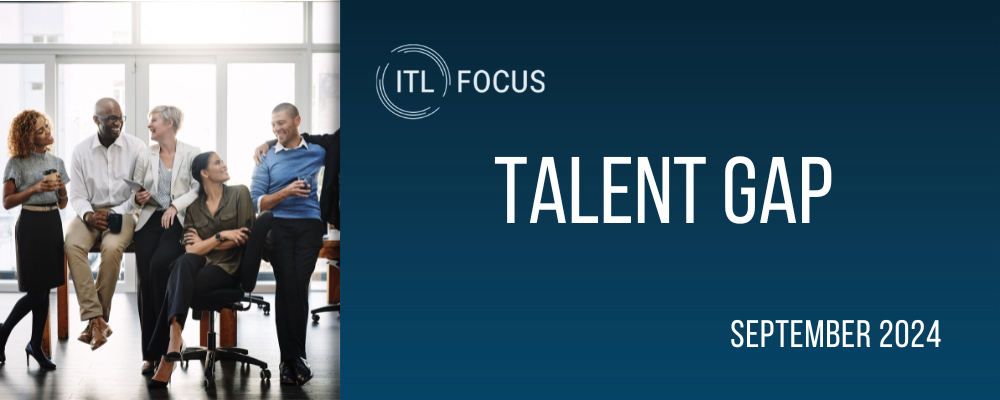Paul Carroll
I’d like to get into some of the ideas you laid out in your latest book, on the power of collaboration, but let me start by asking for your general sense of where the industry is in terms of addressing the talent gap that’s being created by the wave of retirement as well as the need for new types of talent.
Bryan Falchuk
I think we've made a lot of strides from a recruitment standpoint, but the overwhelming theme that I hear, certainly from people in claims leadership I interact with, is that we're bringing them in but not keeping them. To be fair, I don't get enough exposure to underwriting and some other areas to know what they’re facing, but claims is very difficult because you really get beaten up. You're there to help someone, and everything they've been told is you're there to screw them over. It's one thing to be treated adversarially. It's another to be treated that way when you're genuinely trying to be helpful. It hurts twice as much for someone who's new.
I don't think we've done enough to make new people feel connected and bring them up to speed, partially because of more remote work, partially because the folks who would do that are retiring or have retired. We're not getting people to the point where they could feel expert in their work, and then they're getting pummeled.
So we bring people in, and then, after a year or two or three, they're very disillusioned, and they go elsewhere. That's especially true when the recruitment story is around money. People decide there are other things they can do that make similar money, where they're not being kicked in the face while trying to help people.
Paul Carroll
Do you have a particular tip on how to do better?
Bryan Falchuk
We need to get the older, more experienced people involved with the newer folks, to bring them along. We can’t just throw in the towel and resign ourselves to the current reality.
Remote work, especially in claims, is not a new story, because we have field adjusters. We’ve had people spread across the country, or at least focused on different geographies from the person sitting next to them. We just have to be much more creative about how we bring that knowledge together.
That might mean a bit more travel budget. That's something I've seen in the past year. On the back of 2023 underwriting results, a lot of carriers froze travel, even for training and for continuing ed, but if you aren’t bringing your folks together and giving them the proper training, you don't have the right to complain about how they're not feeling like a part of the organization and aren’t getting trained up.
Historically, you would pop your head up over the cubicle wall or look right or left and ask a question. We haven't really figured out how to duplicate that mechanism now that we don't have the cubicle wall to stick our head over. And when we look right or left, we don’t see a person. (We might see our cat or our dog.)
But a lot of new tools are coming online, a lot of AI type tools, such as generative AI. These technologies provide more of a human interaction. When someone poses a question, the responses are more flexible and situational, instead of rote and hard to understand. The tools have evolved from the more traditional kind of knowledge management tools. They respond more as if I popped my head up and asked a question. Maybe the answer is that we need to get a lot more aggressive in deploying tools like these.
Paul Carroll
What you’re describing certainly matches what’s been happening in the world of journalism. When I joined the Wall Street Journal copy desk as a 22-year-old, way back when, there was a sort of apprenticeship. I’d ask questions of the copy editors who’d been on the desk for 20 or 30 years. For obscure questions about style, the answers had been collated in a light blue binder known as “the recipe book.” Today, all the institutional knowledge has been collected in digital form, and copy editors can ask questions or even get prompted when they misunderstand a rule.
My theory has been that this new generation of AI can take a lot of drudgery out of the document gathering and reading that happens in insurance, especially in claims, underwriting, and in agencies, which should help both in attracting and retaining talent. Does that track?
Bryant Falchuk
I come from primarily an E&O background, so professional liability, where every claim could have a lawsuit lurking in it. Every claim has an 80- or 90-page PDF that's probably a scan, so the information isn’t digital. It’s exhausting to have to go through that as part of the 800 emails, literally, that you're going to have over the course of a claim, and stay on top of it while you have 120 other pending claims on your desk. That's impossible.
So to have something that can parse through the PDFs and emails and keep a sense of what's going on, summarize things for you, help you get up to speed faster, understand when something is popping that might be out of your periphery: That's valuable.
I’ve seen one carrier in particular use Gen AI to go through all their past coverage letters. If the adjuster decides to deny a claim, the AI goes to that knowledge base to look at similar situations and draft the denial letter. Same thing on acceptance of coverage—and they started with acceptance because it's less contentious. That's not an earth-shattering application, but it does save some time. You still have to check for accuracy, but at least you have a draft to start with.
There’s another aspect to what AI can do that occurred to me after I got a new car recently. It's a General Motors product, with its SuperCruise autonomous driving. When people drive, we’re more focused on what’s right in front of us. But the AI is focused on that plus what is well out ahead, perhaps some car that is merging awkwardly that we never would have spotted otherwise. In insurance, AI can look out ahead, see the bigger picture, and perhaps spot issues that will become more important than the specifics of this one letter that's going to drain you for the next hour.
Paul Carroll
I like that analogy.
Tell me a bit about the importance of collaboration, which is the big theme in your latest book.
Bryan Falchuk
That’s key on a few fronts. For one thing, younger generations are more interested in the impact they have, and being part of something. That's collaboration.
Having a more interactive, collaborative, enriching work environment is absolutely appealing to them, and if that helps counteract some of the negative aspects of the work when it gets really tough, fantastic. Collaboration also creates new opportunities in the sense that you may get to work on something that would never have been possible otherwise. And collaboration inherently brings new thinking into the mix. All that makes the industry more attractive.
That can even be as simple as claims and underwriting working together. You've seen enough carriers where they hate each other. Claims will blame underwriting for what they did that's now on claims’ plate, and underwriting will blame claims for spending all the money that underwriting works so hard to bring in.
Actually, they’re both wrong. If underwriting isn't hearing from claims, and claims isn't seeing what's going to be coming down the pike from underwriting, you're missing something.
I see progress in specialty lines carriers, where they are much more integrated and collaborative.
At lots of companies, other departments are referred to like enemies. You will hear things like, “IT did this wrong,” or, “IT didn’t do what we needed.” I'll always ask, “Who is IT? You're talking about them like they're some singular, terrible person.” We can get past those sorts of characterizations if we collaborate.
Paul Carroll
Do you have a favorite example or two of collaboration?
Bryan Falchuk
I have lots of frustrations where it's clearly lacking, but I’ll stick to the positive.
I remember meeting with claims folks at two carriers, where you couldn't keep track of who was in claims and who was in IT. My first reaction was, “Why is IT involved and asking all these seemingly irrelevant questions?” But then I realized that the IT people were thinking through all the system enhancements they were planning to make down the road. They were excited to learn what claims was going to need and were thinking about how they could provide the right tools and connections. The interaction was very symbiotic and supportive.
Paul Carroll
That’s great. Anything else that’s top of mind before we wind up?
Bryan Falchuk
I just go back to where we started. We've been having the same conversation for over a decade, and it's really easy to just keep having it and then get frustrated with the new generation of people. If they don’t stick around, that’s not on them, that's on us. We can’t just bemoan them. We have to understand what makes them tick and solve for that.
If you don’t do that, you’re not going to have any employees left. And we don’t have a lot of time to get this right.
Paul Carroll
Thanks, Bryan.


































